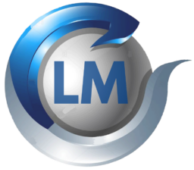-
Dinesen posted an update 6 months, 2 weeks ago
Rotomolding Applications Across Industries: From Automotive to Aerospace
Deciding on the best resin for your personal Rotational Molding project entails contemplating different aspects to be sure the wanted performance and functionality from the closing product. Here are several key factors to keep in mind:
Application Demands: Identify the actual efficiency conditions your merchandise has to meet, for example mechanised strength, chemical substance amount of resistance, Ultra violet steadiness, and FDA conformity for food items-get in touch with software.
Fabric Attributes: Look at the mechanical, thermal, and chemical substance attributes of various resins to find out which best aligns with the application’s demands. Think about aspects like tensile power, effect opposition, hardness, and temperature opposition.
Layout Complexness: Evaluate the complexness of your own product’s design and also the intricacy from the capabilities. Certain resins may be better suited for molding complex designs or lean-walled components, while some supply far better circulation qualities for larger sized, far more easy geometries.
Price Concerns: Element in the overall cost of materials, handling, and then any essential second functions, such as assemblage or completing. Although some resins may have greater upfront fees, they could offer long-term price savings through improved functionality or toughness.
Regulatory Agreement: Ensure that the picked resin is in accordance with pertinent industry criteria and rules, for example FDA approval for foods-make contact with programs or UL recognition for electrical parts.
By carefully thinking of these factors and meeting with fabric suppliers and rotomolding experts, you may make educated decisions when selecting the most appropriate resin for the rotomolding task. Committing time and energy into picking out the suitable substance upfront could lead to an increased-good quality, tough merchandise that fulfills your speed and agility needs and is higher than consumer anticipations.
